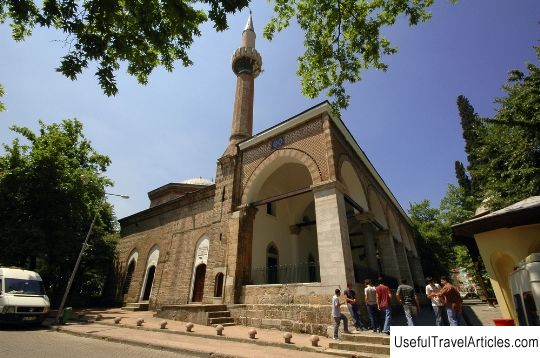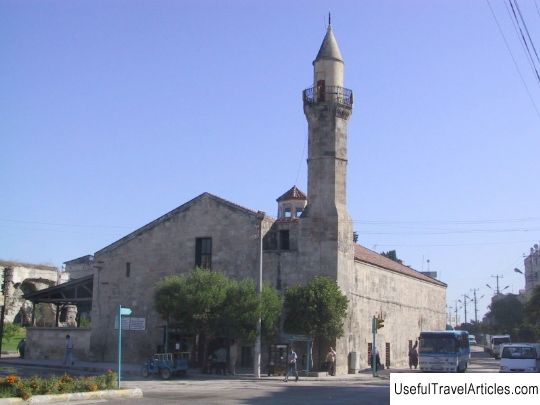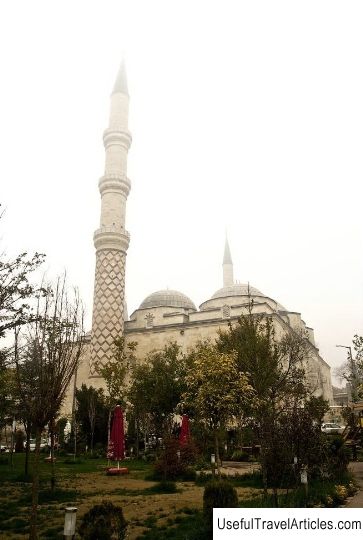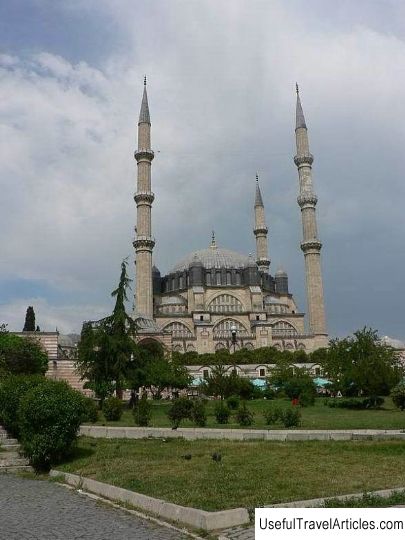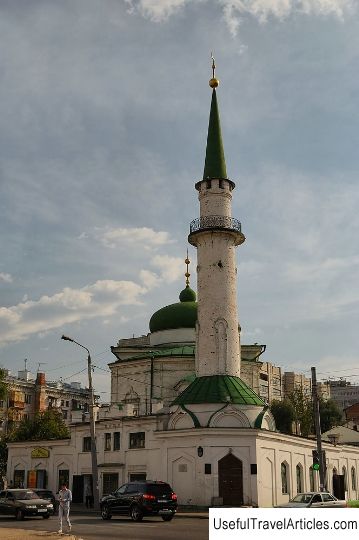Muradiye Camii Mosque description and photos - Turkey: Edirne
Rating: 8,4/10 (3124 votes) 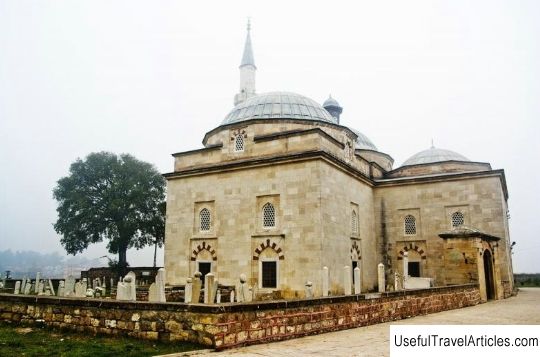
Muradiye Camii Mosque description and photos - Turkey: Edirne. Detailed information about the attraction. Description, photographs and a map showing the nearest significant objects. The name in English is Muradiye Camii. Photo and descriptionThe Muradiye Jami Mosque in Edirne, original in its architecture, was erected in 1435-1436 by order of Murad II (1421-1451). It is very conveniently located on a hill with a delightful view of the green valley of the island of Sarayichi, where the Sultan's palace used to rise. Now, in good weather, you can see the center of Edirne from here. Before the Ottoman conquest, this mosque served as a haven for the dervish sect - a religious brotherhood whose representatives cured people for various diseases with spells and prayers, predicted the future, interpreted dreams and sold miraculous amulets. The belief in monks and their influence was so strong that the chiefs of the troops often tried to attract dervishes to their troops to inspire the soldiers. The Muradiye Mosque consists of a pair of domed halls connected by a gallery and is made in the traditional architectural style of Bursa. In the center of one of the rooms there is a shadyrvan fountain, intended for ritual ablutions, and the second room serves as a prayer hall. To the right and left of the prayer hall there are small rooms - ayvans or ayvans (which in Persian means "vaulted hall"), used as living quarters for the dervishes of the Mevlevi order. The only minaret of the mosque was destroyed in the earthquake, but it was rebuilt again in 1957. The Muradiye Mosque is interesting thanks to the unique faience tiles of the 15th century brought from Iznik, decorating the inner walls of the prayer hall to the upper level of the first row of windows. In addition, there are very well preserved examples of calligraphy. The T-shape of the structure distinguishes it from most mosques in Turkey. The mihrab of the mosque is faced with tiled plates. Imaret (a charitable institution in the Ottoman Empire) and a bathhouse located on the territory of the building date back to the sixteenth century. The mosque has a fairly large cemetery.      We also recommend reading Wine town Gumpoldskirchen description and photos - Austria: Lower Austria Topic: Muradiye Camii Mosque description and photos - Turkey: Edirne. |
